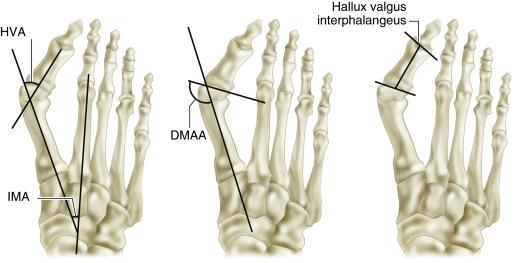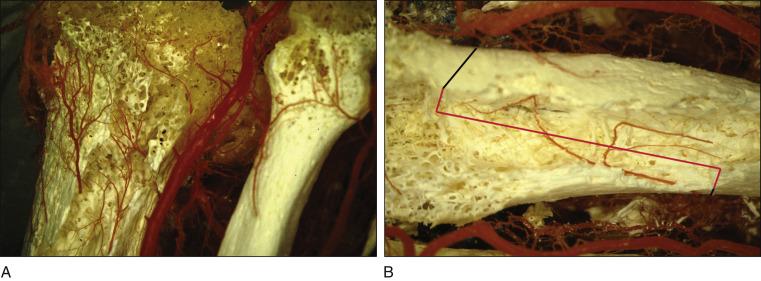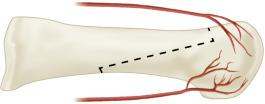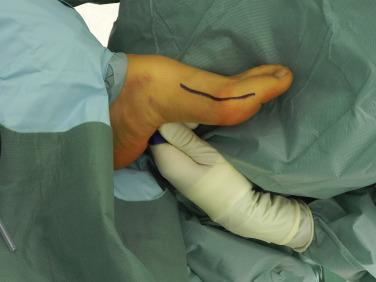Physical Address
304 North Cardinal St.
Dorchester Center, MA 02124
Moderate to severe hallux valgus deformities with
Increased hallux valgus angle (HVA) ≤50°
Increased intermetatarsal angle (IMA) ≤20°
Increased distal metatarsal articular angle (DMAA) ≤10°
Hallux valgus revision surgery for recurrence (Bock, 2009)
Bunionette deformity of fifth metatarsal (type 3, increased fourth–fifth IMA)
Modular corrections are feasible via the great versatility of the Scarf osteotomy
Lateralization of head-shaft fragment to reduce IMA
Transverse plane rotation to correct increased DMAA
Plantar displacement to increase first ray load
Elongation in cases of short metatarsal (congenital, iatrogenic)
Shortening in cases of long metatarsal
Dorsal displacement to decrease first ray or sesamoid load
Medialization of first metatarsal head (1MTH) in cases of hallux varus
Severe metatarsus primus varus deformity (IMA > 20°)
Increased medial slope of the first tarsometatarsal articular surface (higher risk of recurrence)
Increased DMAA
Hypermobile first tarsometatarsal joint (ligamentous laxity)
Symptomatic osteoarthritis of first metatarsophalangeal joint (1MTP) joint
Reduced bone mineral density (severe osteoporosis)
Rheumatoid arthritis
Other techniques exist for operative correction of mild to moderate hallux valgus deformities ( )
Distal procedures: Chevron, Kramer, Boesch
Proximal procedures: crescentic metatarsal osteotomy, Ludloff osteotomy, proximal closing wedge osteotomy, proximal opening wedge osteotomy
Combined procedures: double/triple osteotomies
Palpation and range of motion (active and passive) of hindfoot, midfoot, and forefoot joints
Alignment of great toe (an additional Akin osteotomy might be necessary)
Clinical assessment of first ray hypermobility
Posture of foot, presence of plantar callosities, bursal or skin irritation at bunion
Tightness of gastrocnemius-soleus (assessed with flexed and extended knee, foot maintained with talonavicular joint reduced to eliminate transverse tarsal or subtarsal motion)
Pedobarography
Standard weight-bearing anteroposterior and lateral radiographs
Evaluate ( Fig. 2.1 ) HVA, IMA, and DMAA hallux interphalangeal angle
Articular shape (curved, chevron, or flat) and congruency of the 1MTP joint
Metatarsal index (length of first metatarsal in comparison with second metatarsal)
Evidence of arthritic changes

Vascular supply of first metatarsal ( Figs. 2.2 and 2.3 )
Dorsal and plantar metatarsal artery
Superficial branch of the medial plantar artery
Extensive network on the dorsal and lateral capsular aspects


Nerve supply to the first metatarsal ( Fig. 2.4 )

Superficial peroneal nerve
Deep peroneal nerve
Distal branch of the saphenous nerve
Dorsal and plantar sensory nerve branches around first metatarsal
Lateral soft tissues to be released
Lateral suspensory and anterior fibular sesamoid ligaments
1MTP joint capsule
Lateral collateral ligament
Become a Clinical Tree membership for Full access and enjoy Unlimited articles
If you are a member. Log in here